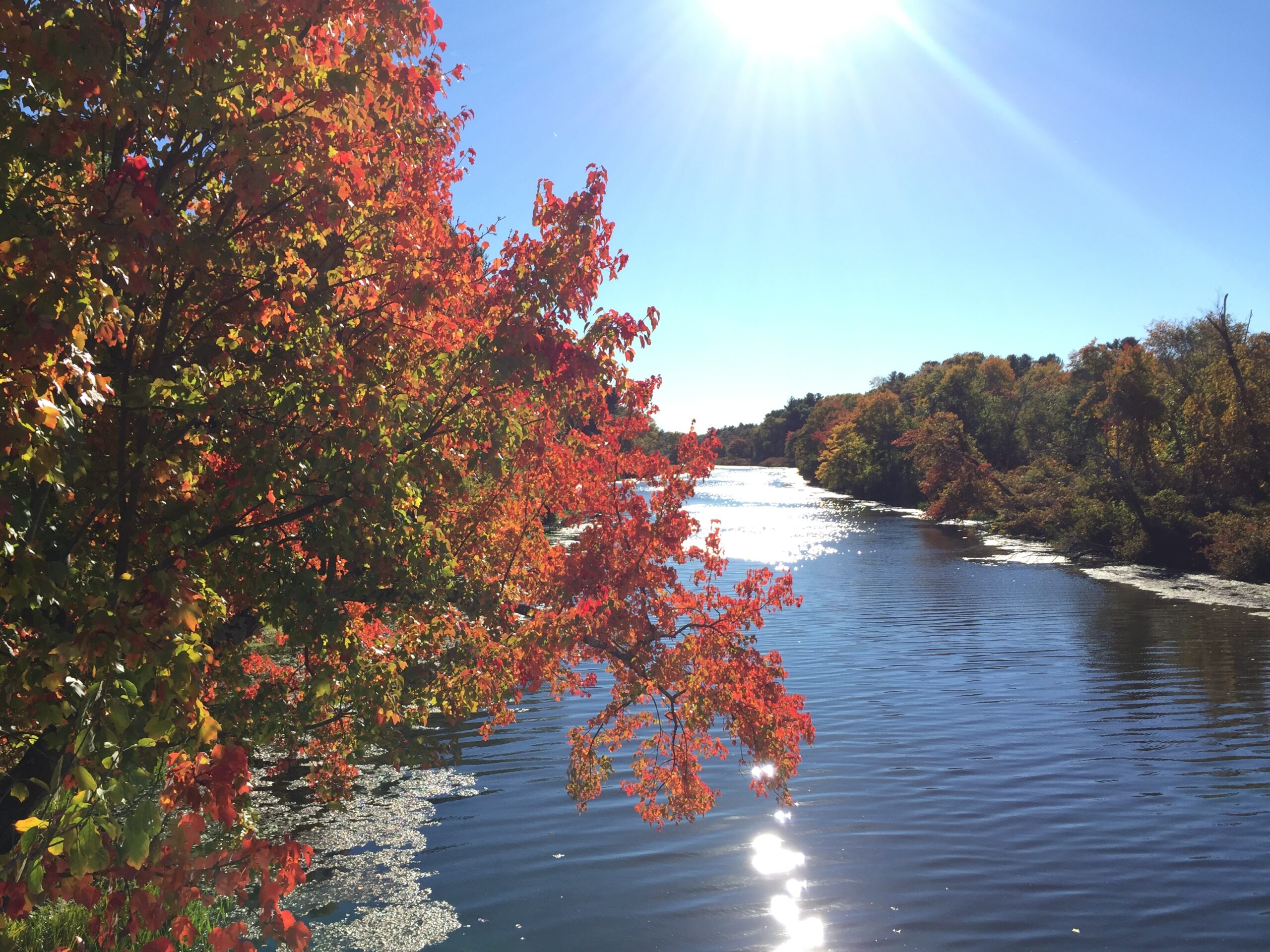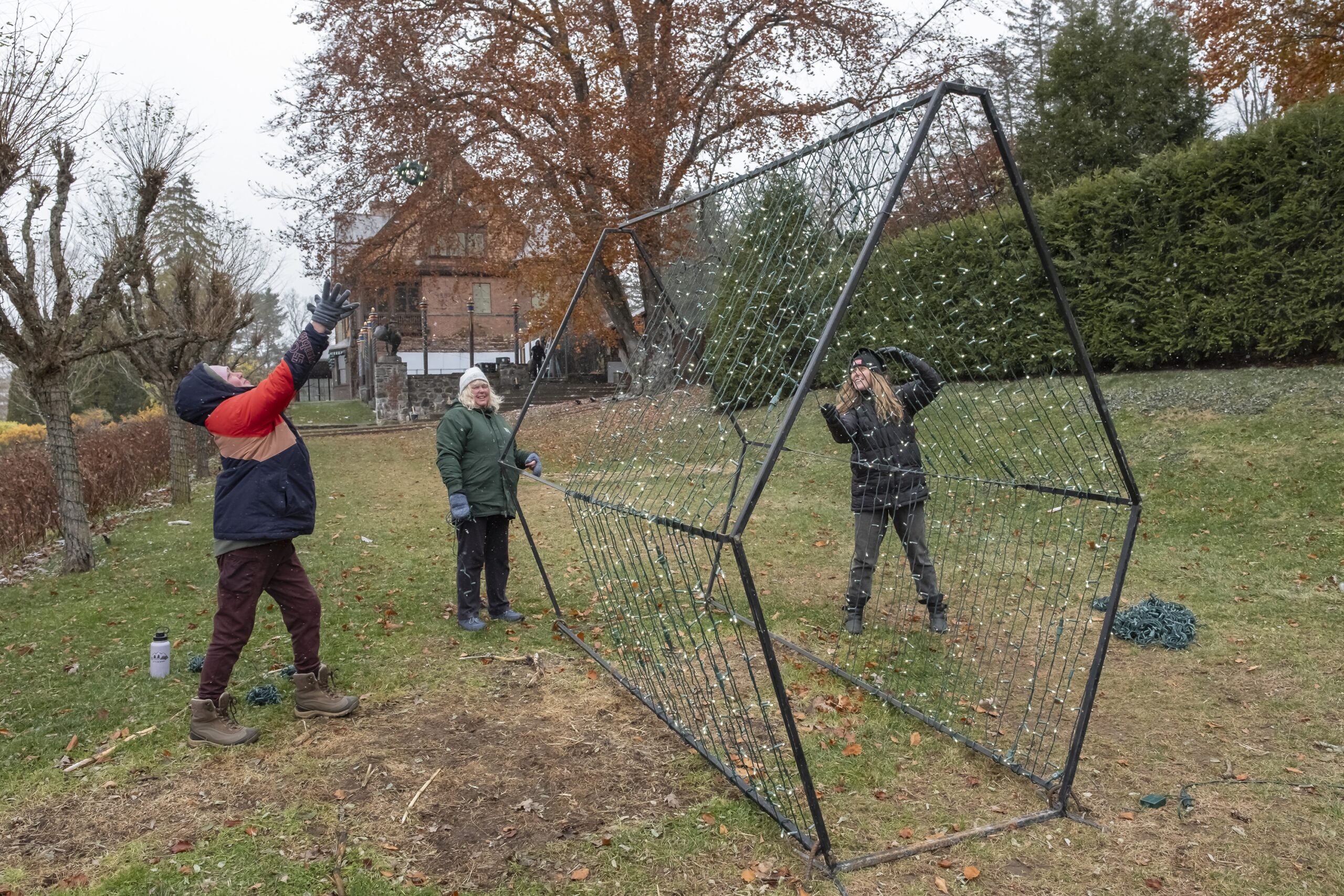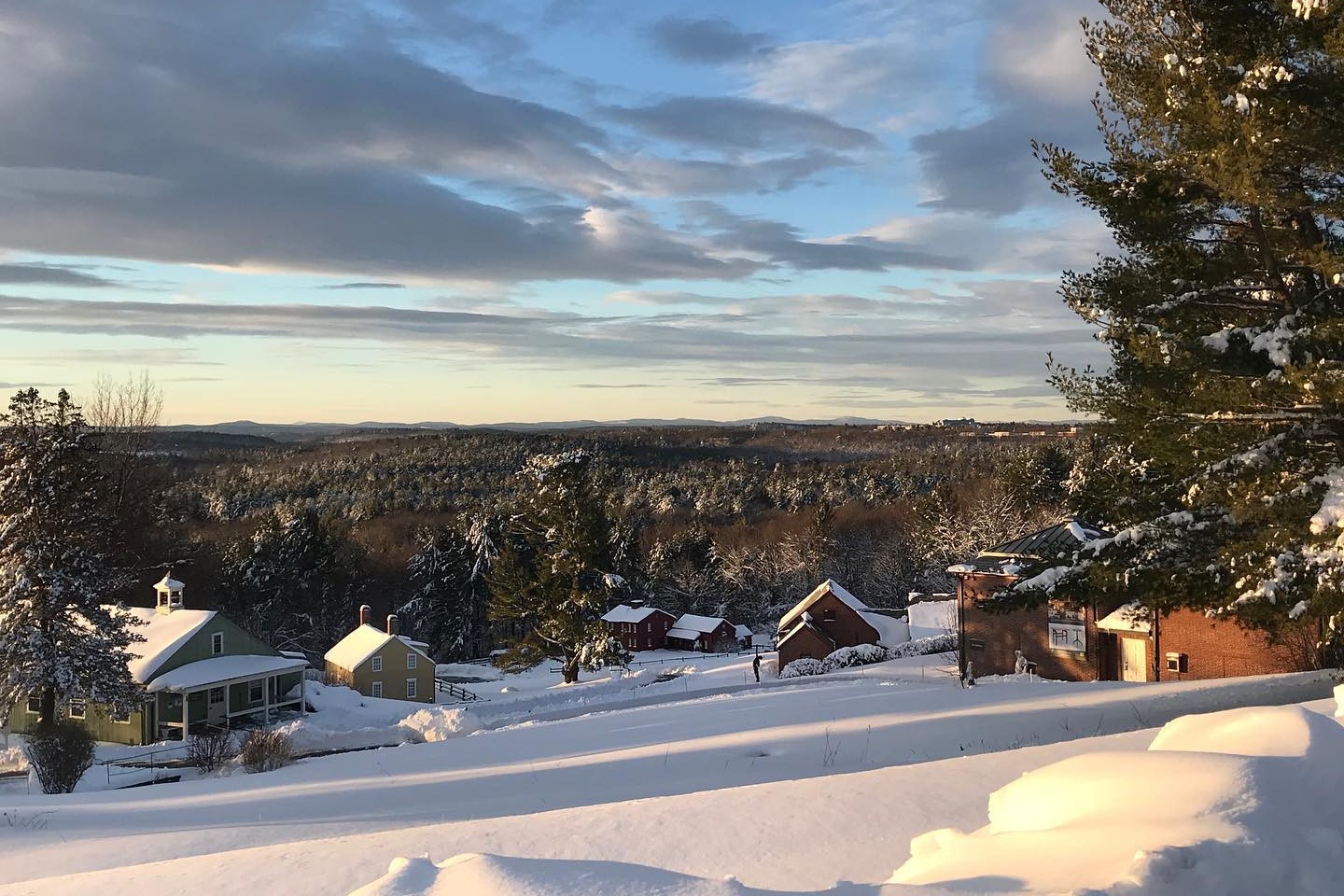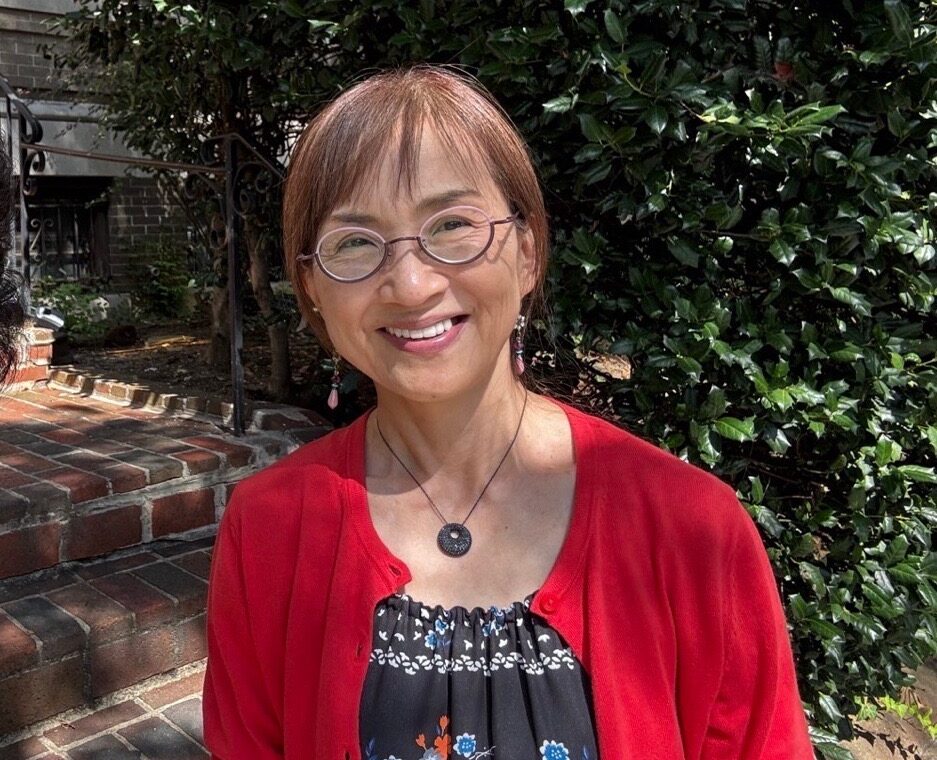
Photo by David Edgecomb
Each Fall, Trustees special places throughout Massachusetts become bewitched with the spirit of Halloween. Sweet treats, scarecrows, jack-o-lanterns, and even a few creative costumes are all accounted for. But before Halloween became synonymous with all these good-natured traditions, it was a night of destruction rooted in superstition and youthful rebellion.
It wasn’t ghosts or ghouls striking fear into the hearts of the community on All Hallows Eve a little over a century ago; it was children. Adults were barricaded inside their homes as any property not nailed down was stolen, burned, or otherwise destroyed by gangs of roaming kids. But in the early 1900s, a woman named Elizabeth Krebs in Kansas decided enough was enough. These practices—originating in part from superstitious cabbage pulling—had to be put to an end, and new Halloween traditions created to follow in their footsteps.
Scotland’s Cabbage-Pulling Origins
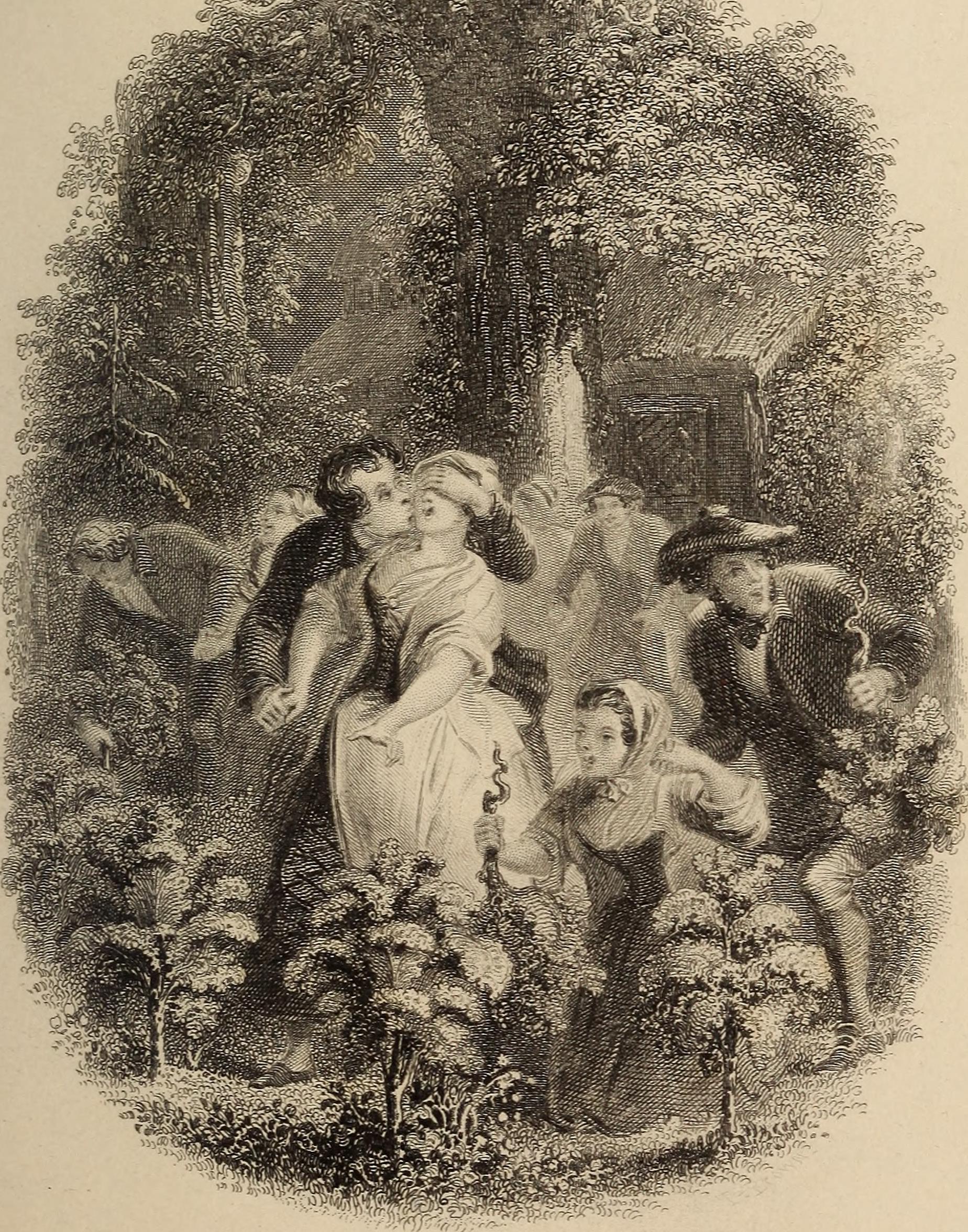 Many of Halloween’s customs have Celtic roots in the ancient festival of Samhain (pronounced “SAH-win”). This pagan religious holiday marks the end of the harvest and the beginning of winter, when it is believed that the boundary between the living and the dead is thin. In Scotland, youth would often participate in superstitious games thought to bring good fortune and predict the future, like uprooting a cabbage.
Many of Halloween’s customs have Celtic roots in the ancient festival of Samhain (pronounced “SAH-win”). This pagan religious holiday marks the end of the harvest and the beginning of winter, when it is believed that the boundary between the living and the dead is thin. In Scotland, youth would often participate in superstitious games thought to bring good fortune and predict the future, like uprooting a cabbage.
Eligible young men and women were blindfolded, brought to a garden, and told to uproot the first cabbage stalk they could find. Its length, thickness, and curves were all used to analyze if the participants would make a good couple. However, it quickly became common to not pull from your own garden but that of an unsuspecting neighbor and throw it at their door afterwards.
This practice was carried to America by Scottish immigrants in the 19th century and began to transition from young adults to the more mischievous youths of the country. In the 1870s, complaints were filed in many townships about young boys uprooting entire vegetable gardens and pelting doors with their haul.
Quickly Getting Out of Control
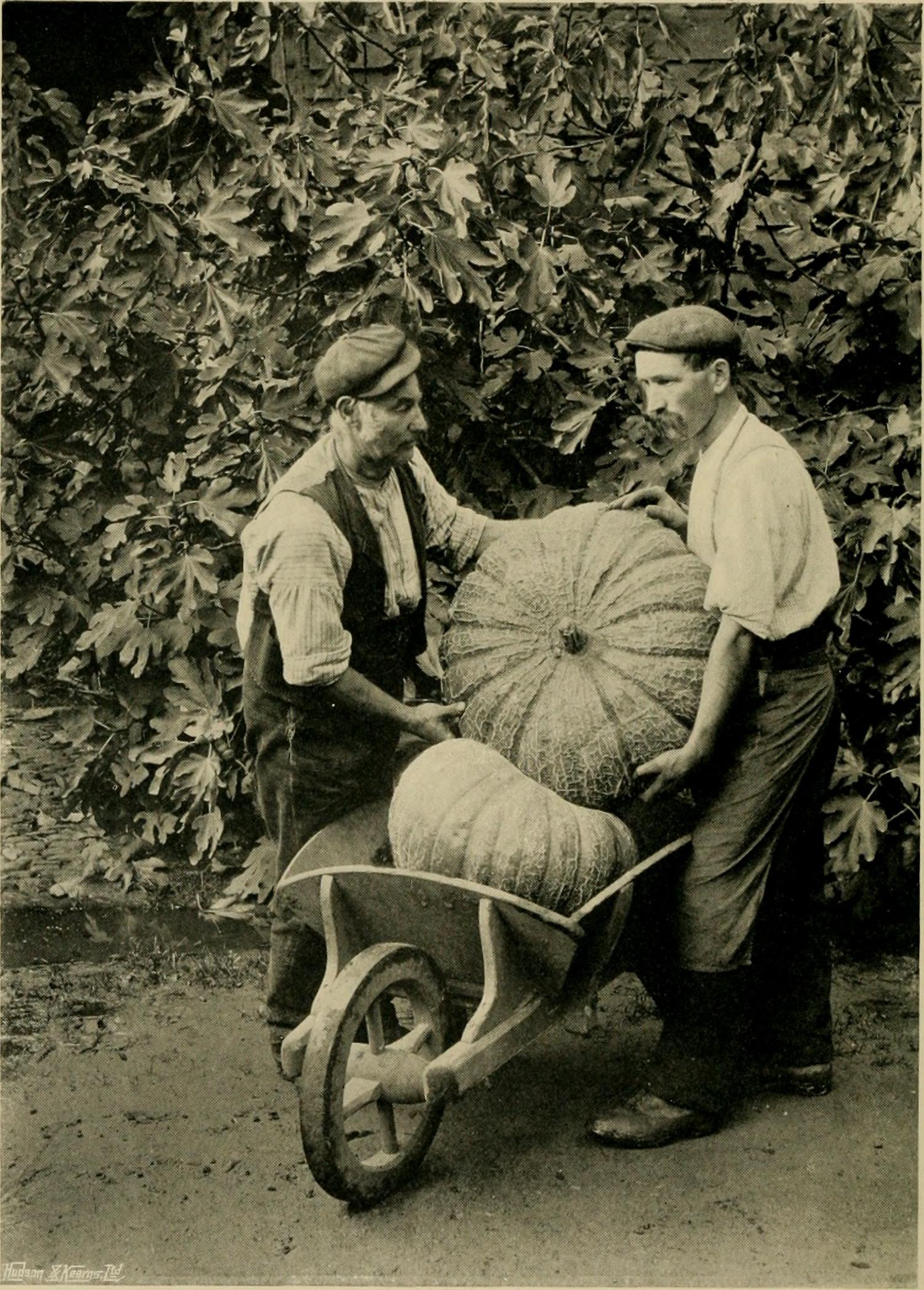 In the melting pot that is American culture, this vegetable-throwing soon got blended with other celebrations that occur around the same time: the bonfires of Guy Fawkes Night (November 5) and the misdeeds of Mischief Night (October 30).
In the melting pot that is American culture, this vegetable-throwing soon got blended with other celebrations that occur around the same time: the bonfires of Guy Fawkes Night (November 5) and the misdeeds of Mischief Night (October 30).
Youth everywhere were soon blanketing homes with uprooted vegetables, stealing wood off the porches of homes, and lighting a massive fire in the town’s center. In some places, it got so out of control that kids would barricade the adults inside with furniture so they couldn’t get out to break up the pandemonium.
The evening’s escapades continued to devolve with outhouses tipped over, street signs removed, and livestock placed on roofs. In some places, these pranks took on a much more sinister edge with property destruction and even physical assaults being reported. It was clear something had to be done to stop these miscreants.
A Modern-Day Halloween
 Enter the town of Hiawatha, Kansas and Elizabeth Krebs in 1914. Her idea was to plan multiple events specifically for kids that went so late into the evening they would be too tired to cause any of their usual havoc.
Enter the town of Hiawatha, Kansas and Elizabeth Krebs in 1914. Her idea was to plan multiple events specifically for kids that went so late into the evening they would be too tired to cause any of their usual havoc.
Krebs was head of the Civic Improvement Club and a meticulous maintainer of her flower garden, which would get vandalized every year on Halloween. Her idea was to have the children put on a play, followed by a parade and carnival starting at 9:30PM. Kids could win various prizes for their creative costumes, including a pound of candy, perfume, a sweater, or a rain jacket.
Her plan went off without a hitch, and more towns across the country began to adopt Krebs’ idea with each passing year. It still took decades—with small pivots caused by sugar rationing during WWII—but eventually Halloween was transformed into the tamer celebrations recognized today instead of the destructive tomfoolery it began with.
Experience a version of these lively modern-day—and non-destructive—celebrations at a Trustees Halloween Event this Fall. Members receive special pricing!
